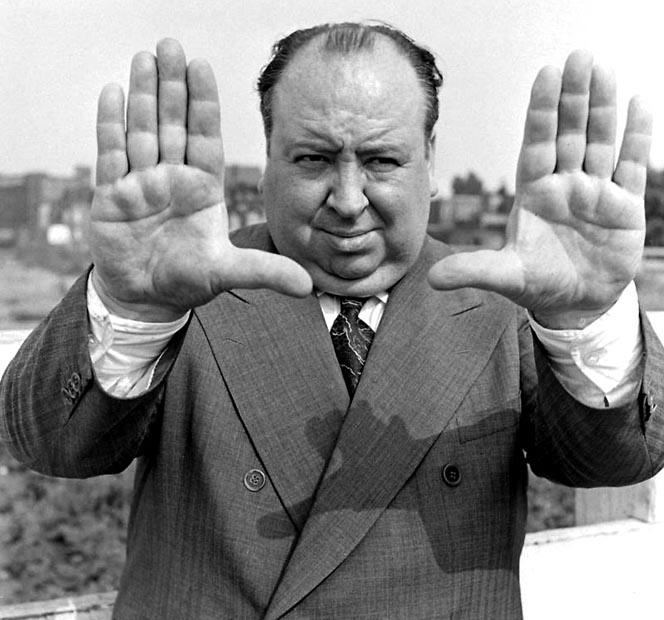•writer- Screenwriters create screenplays for
films. They provide the blueprint for the creative input of the Producer,
Director, Production Designer, Composer and Editor, cast and crew.


•producer- Producers have overall control on every
aspect of a film's production. They bring together and approve the whole
production team. Their key responsibility is to create an environment where the
talents of the cast and crew can flourish. Producers are accountable for the
success of the finished film. They steer the film from beginning to completion
and beyond.
•casting director-In pre-production, Casting
Directors work with both the Director and Producer to assemble the perfect cast
for the film. As a result, Casting Directors must have in-depth and up-to-date
knowledge of new and existing acting talent.They are responsible for matching
the ideal actor to each role, based on a number of factors, such as the actor's
experience, ability, reputation, availability and box office appeal. Casting
Directors also work closely with Production Accountants to prepare the casting
budget.
•director-Directors are responsible for creatively
translating the film's written script into actual images and sounds on the
screen. They are ultimately responsible for a film's artistic and commercial
success or failure.At all stages, Directors are responsible for motivating the
team to produce the best possible results. Directors must also always be aware
of the constraints of the film's budget and schedule and manage the
expectations of the film's financiers.


•film finance-Film finance is a subset of project
finance, meaning the film project's generated cash flows rather than external
sources are used to repay investors. The main factors determining the
commercial success of a film include public taste, artistic merit, competition
from other films released at the same time, the quality of the script, the
quality of the cast, the quality of the director and other parties, etc. Even
if a film looks like it will be a commercial success "on paper",
there is still no accurate method of determining the levels of revenue the film
will generate. In the past, risk mitigation was based on pre-sales, box office
projections and ownership of negative rights. Along with strong ancillary
markets in DVD, CATV, and other electronic media (like streaming video on
demand -SVOD), investors were shown that picture subsidies (tax incentives and
credits), and pre-sales (discountable-contract finance) from foreign
distributors, could help to mitigate potential losses. As production costs have
risen, however, potential financiers have become increasingly insistent upon
higher degrees of certainty as to whether they will actually have their
investment repaid, and assurances regarding what return they will earn.
•camera operator-Camera Operators carry out the
Director of Photography’s (DoP) and Director’s instructions for shot
composition and development. They are usually the first people to use the
camera's eyepiece to assess how all the elements of performance, art direction,
lighting, composition and camera movement come together to create the cinematic
experience.


•editor-Editors are one of the key Heads of
Department on feature films, responsible for First Assistant Editors, and on
bigger productions, Second Assistants and Trainees.The Editor works closely
with the Director, crafting the daily rushes into a coherent whole. To ensure
that the story flows effortlessly from beginning to end, each shot is carefully
chosen and edited into a series of scenes, which are in turn assembled to
create the finished film.
•production designer-Production Designers are
major heads of department on film crews, and are responsible for the entire art
department. They help Directors to define and achieve the look and feel of a
film. Filming locations may range from a Victorian parlour, to a late-night
café, to the interior of an alien space ship. The look of a set or location is
vital in drawing the audience into the story and making a film convincing. A
great deal of work and imagination goes into constructing the backdrop to any
story and choosing or building locations and/or sets.
•marketing-Film promotion is the practice of
promotion specifically in the film industry, and usually occurs in coordination
with the process of film distribution. Sometimes called the press junket or
film junket, film promotion generally includes press releases, advertising
campaigns, merchandising and media, and interviews with the key people involved
with the making of the film, like actors and directors.As with all business it
is an important part of any release because of the inherent high financial
risk; film studios will invest in expensive marketing campaigns to maximize
revenue early in the release cycle. Marketing budgets tend to equal about half
the production budget. Publicity is generally handled by the distributor and
exhibitors.


•exhibition-The distribution of a film is the
process through which a movie is made available to watch for an audience by a
film distributor.
No comments:
Post a Comment